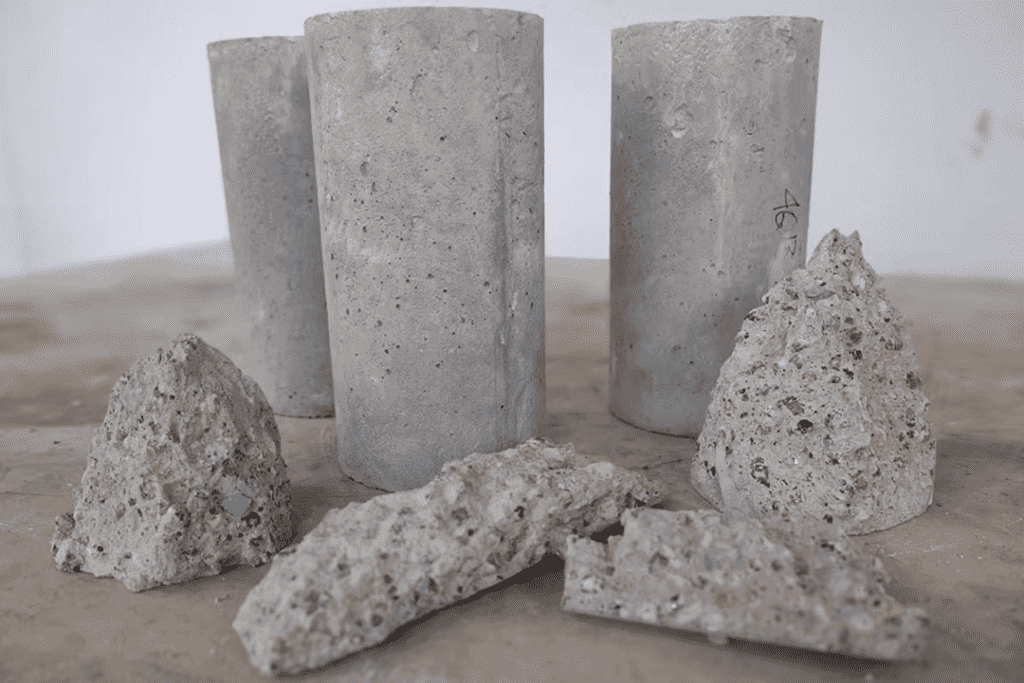RMIT University in Melbourne discovered that recycled personal protective equipment (PPE) such as masks and rubber gloves might be utilised to strengthen concrete.
PPE may end up strengthening the tensile strength of concrete. It was discovered that shredded PPE might boost the strength of industrial concrete by up to 22%, improving its crack resistance.
The PPE used in the concrete for the experiments was not utilised and could have been polluted. But, as PhD researcher Shannon Kilmartin-Lynch, the study’s first author, noted, it was all coming to an end. More research would be required to determine whether contaminated PPE may be utilised safely in this process.
“PPE is very fibrous and very high in tensile by themselves whereas concrete is very weak in tensile. So when concrete is put under stress, micro-cracks start to develop and PPE, high in tensile and fibrous, bridges the micro-cracks to increase the strength,” said Kilmartin-Lynch.
“We’ve also incorporated masks into road applications for subbase and pavements, so there’s a wide variety of uses for the products.”
In three tests, masks, rubber gloves, and isolation gowns were shredded and mixed into the concrete mixture. Rubber gloves were discovered to be the most effective reinforcement material of the three PPE materials tested, increasing the strength of concrete by up to 22%. Masks could boost strength by up to 17%, while gowns could boost it by 15%.
“We urgently need smart solutions for the ever-growing pile of COVID-19 generated waste – this challenge will remain even after the pandemic is over,” Killmartin-Lynch added.
“Our research found that incorporating the right amount of shredded PPE could improve the strength and durability of concrete.”
The research team is currently collaborating with Melbourne-based construction company Casafico on field trials of the procedure. They are also looking for medical and construction firms to assist with the research.
This concept is brilliant, and it has the potential to reduce the trash caused by COVID litter significantly.
The three studies were published in the journals Case Studies in Construction Materials, Science of the Total Environment and Journal of Cleaner Production.
Source: RMIT

